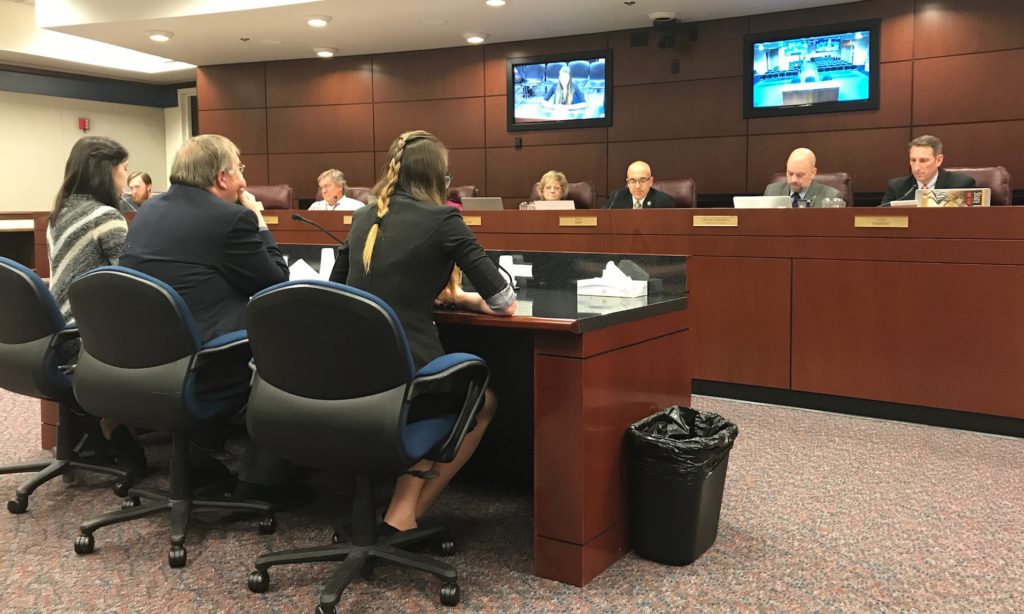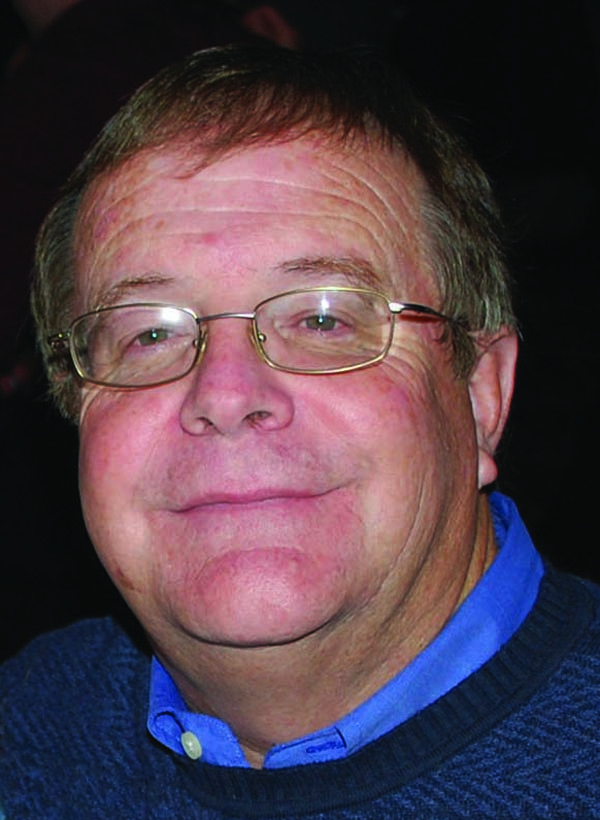By Steve Ranson
Thirty years ago — Jan. 13, 1988— the U.S. Supreme Court ruled in a 5-3 decision that student journalists shed some of their constitutional rights at the school door, and school administrators could remove material they deemed inappropriate — or, in many cases, embarrassing to them personally.
The principal at Hazelwood East High School in Missouri believed the student newspaper The Spectrum went too far with two stories on divorce and teen pregnancy, even though pseudonyms had been inserted. In Hazelwood v. Kuhlmeier, the justices ruled “the principal’s actions did not violate the students’ free speech rights.”
Because the school sponsored the newspaper, and many school districts consider the principal as publisher, the court said Hazelwood East High School had a right in preventing the publication of the two articles. The ruling endured for almost 30 years until many states, with the guidance of the Student Press Law Center and other interested parties, began passing legislation challenging its constitutionality.

Nevada Senate Bill 420 was part of a national push called New Voices to counteract a trend by some school administrators to censorstudent journalists. The bill sets a standard in Nevada that clarifies the school’s ability to limit articles by student journalists only if they create a danger of “substantial disruption” to education — the same free-speech standard applied to T-shirts or hats.
Along with the strong support of the Nevada Press Association and the International Society of Weekly Newspaper Editors, students, teachers, Nevada State Sen. Nicole Cannizzaro and University of Nevada, Reno media law professor Patrick File testified in front of two Nevada legislative committees in favor of the bill during the spring of 2017. It passed 21-0 in the Senate with bipartisan support and 30-11 in the Assembly, with most Republicans opposed. Gov. Brian Sandoval signed the bill in early June.
A Nevada incident in 2010 became a national catalyst to discussions on why student journalists shouldn’t be censored. The situation involved the student editor of the Greenwave Flash newspaper at Churchill County High School who wrote an article about a music teacher who had withheld audition tapes from being submitted for the all-state choir. The teacher unsuccessfully filed suit against the superintendent, principal, adviser and the local newspaper editor for allowing the article to be published in both the student and local community newspapers.
Move forward to last spring, when Kansas high-school students wrote an article exposing their incoming principal for obtaining master’s and doctoral degrees from an unaccredited, online school.
The superintendent of the Pittsburg, Kan., school district, Destry Brown, praised the student reporters, saying: “I appreciate that our kids ask questions and don’t just accept something because somebody told them.” He told the Pittsburg Morning Sun they “did a great job with the research.”
This is an example of student journalists being allowed to research and publish top-notch work, yet stories still abound across the United States of superintendents and principals who remove stories that are just as accurate as the Kansas article because they’re embarrassing.
Nevada students had press champions looking after their rights to report the news in a fair, accurate manner.
Our professional journalists know the media — specifically the mainstream media — have been under fire, but the attacks on legitimate editors or reporters are an assault on any journalist, whether they write for the New York Times, the Las Vegas Review Journal, the Lahontan Valley News or the Greenwave Flash.
For student journalists, though, we must continually ensure the courts, state lawmakers and especially school administrators recognize the importance of a free press at any level of publication. SB 420, like other New Voices legislation passed in more than a dozen states, now affords students the ability to “tell the news as it is” — not how an administrator wants it spun.
 Nevada Press Association The best in Nevada journalism since 1924
Nevada Press Association The best in Nevada journalism since 1924
